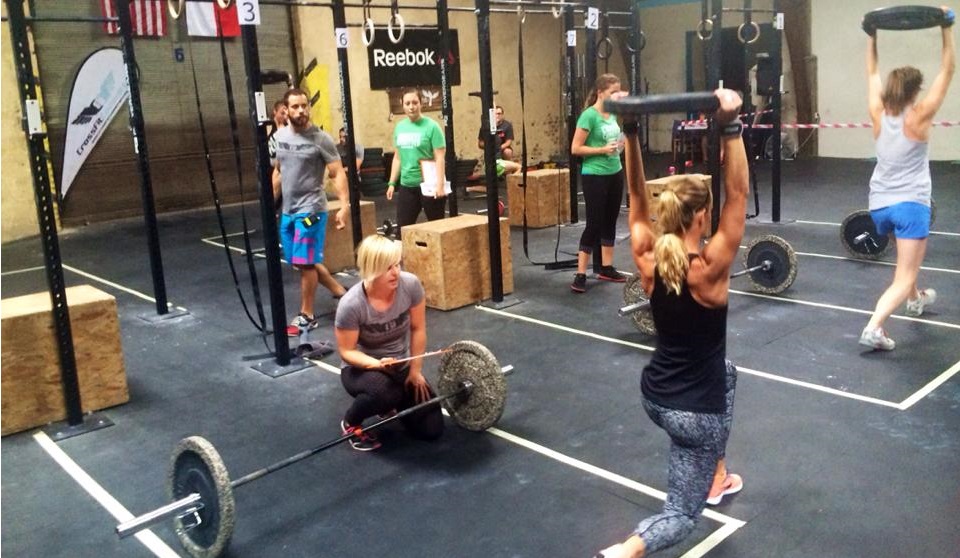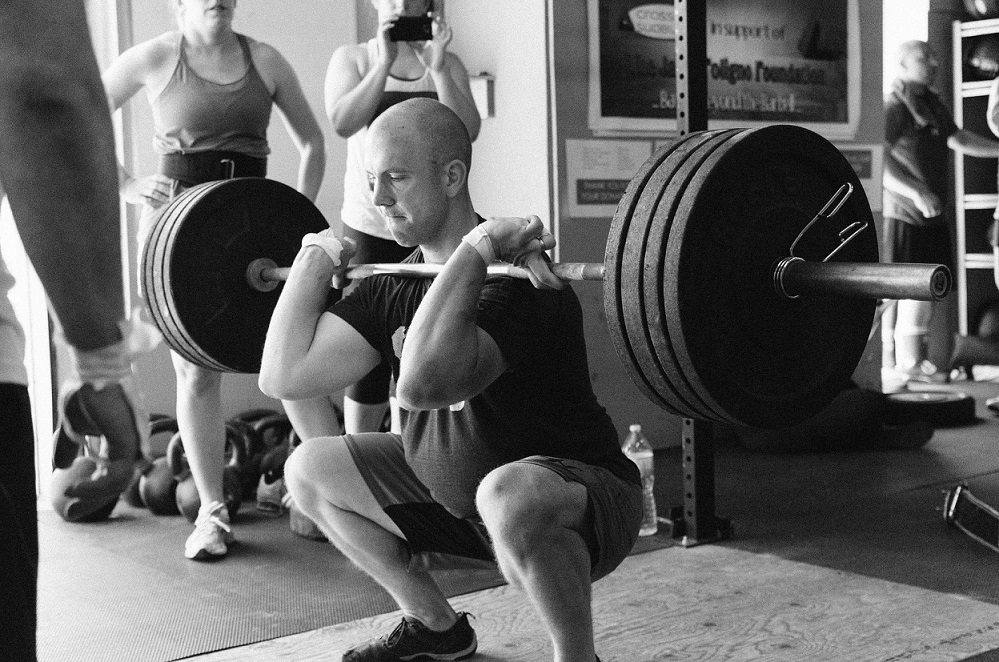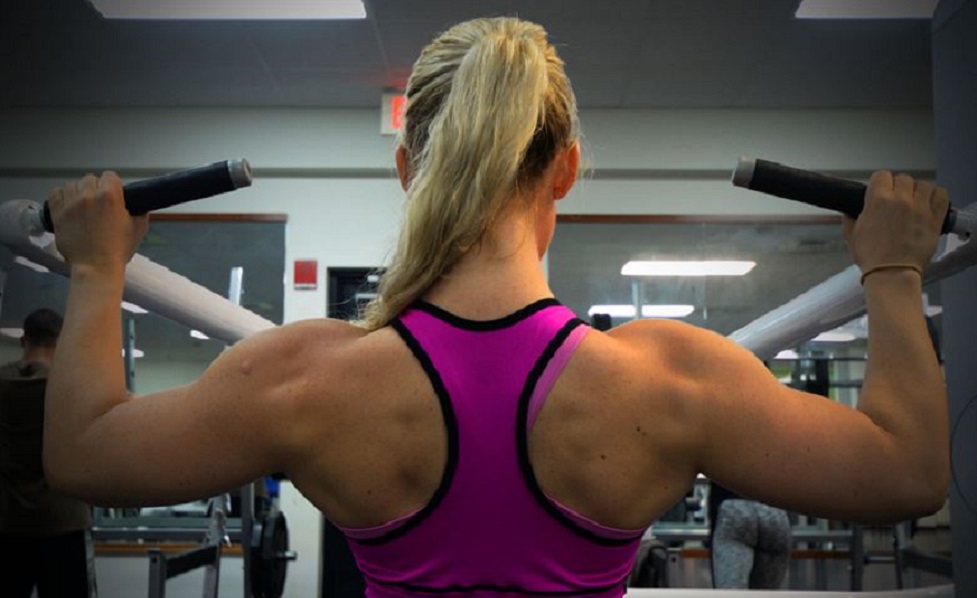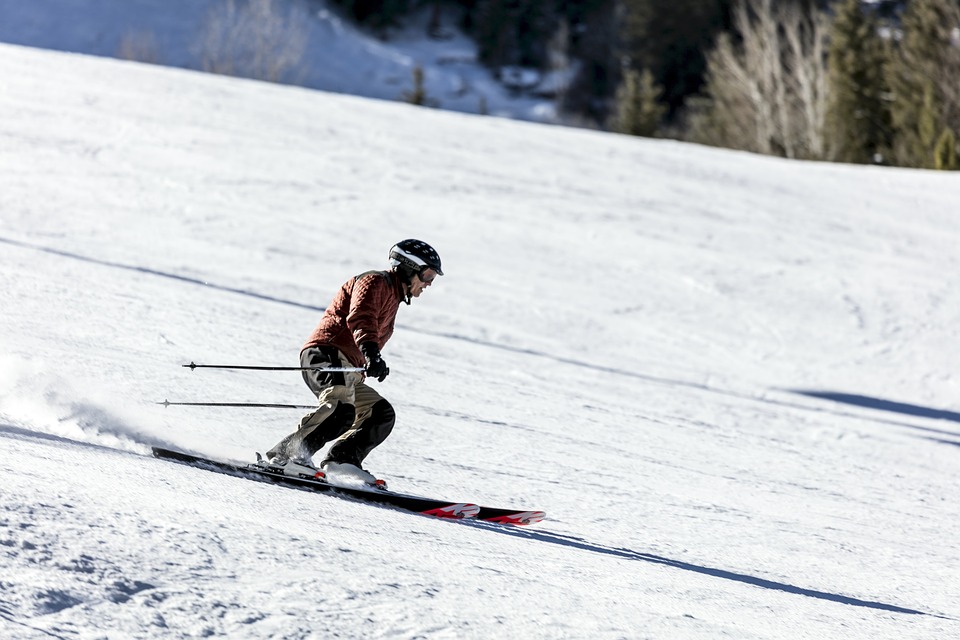
The most complete website about Gulmarg Ski Resort
GYM ROUTINE FOR SKIERS

WHY SHOULD YOU TRAIN?
Skiing the himalayas can be seen as a leisure activity for those who aren´t familiar with the sport. Those who are privy to skiing, know that it is actually quite demanding and intensive. Going up and down the mountain, making tight turns, escaping avalanches and many other hazards make skiing a rather extreme sport.
With that in mind, training to have a strong and capable body should be priority number one for skiers during the off season. That way when coming back to the slopes their body can be in the best possible shape to face any challenge.
WHICH MUSCLES TO TRAIN?
The Core
This isn´t a muscle per se, instead it is a combination of all the muscles in the mid section of the body including the abdominals, laterals, obliques, spinal, serratus and more.
The "core" surrounds the body and protects the lower back as well as help in maintaining balance, it is essential to keep a good posture and avoid injury. Having a strong core is not just a aesthetic thing, it actually helps when exercising.
Arms
Most skiing movements need the arms in some way, either to propel yourself forward, change directions, slowing down or swatting at the occasional mountain cat or bear. Thus training them is also primordial for an excelling skiing experience. From strong shoulders, resistant biceps and stable forearms, a full arm workout can make a huge difference when out in the snow.
Legs
The legs play an itegral role in skiing. They support most of the weight, absorb the shock of turning, jumping and breaking as well as get you all the way up to the mountain in the first place. Keeping strong, healthy legs will turn skiing into a fun; cramp free; experience.
THE ROUTINE

Reading the above it becomes evident that a specialized routine is not the way to go. Focusing on the legs is important but far from enough. So try this 5 day full-body routine (3 muscle days, 2 cardio focused days) to get started.
MONDAY - LEGS
-
15 minutes of cardio at 70-85% of your maximum heart rate. Calculate it here.
-
4 sets of squats at 15 reps per set (with a weight you can handle without risking injury)
-
4 sets of sumo squats at 15 reps per set (these work the inner thigh and adductors more than the regular kind)
-
4 sets of lunges doing 10 lunges per leg per set.
-
4 sets of calf raises at 25 reps per set (you can do seated if your gym has the machine, standing on the floor or the stairwell version)
TUESDAY - CARDIO FOCUS
- Strive for 30 to 45 minutes of sustained cardio at 60-70% of your maximum heart rate.

WEDNESDAY - CORE & BACK
-
15 minutes of cardio at 70-85% of your maximum heart rate
-
4 sets of lateral pulldowns at 15 reps per set
-
4 sets of deadlifts at 15 reps per set (with a weight you can handle without risking injury)
-
4 sets of crunches at 25 reps per set (can be windshield wipers, v-sit ups or any variation you can handle as long as it is intensive)
-
4 sets of hyper extensions at 15 reps per set
-
4 sets of oblique crunches at 20 reps per set
-
3 sets of 30 second planks resting around 45 seconds in between sets.
THURSDAY - CARDIO CONDITIONING
- Open with 20 minutes of intense cardio at 80% of your maximum heart rate
Then proceed with the following circuit
- Burpees to Failure (meaning do as many as you can until you are forced to rest).
- Jumping Jacks (45 seconds)
- Body Weight Squats (45 seconds), same as a squat but with no weight.
- High Knees (45 seconds)
Rest for 1 minute then restart, repeat teh circuit 4 times.
FRIDAY - ARMS & SHOULDERS
- 4 sets of bicep curls at 15 reps per set
- 4 sets of dumbbell tricep extensions at 15 reps per set
- 4 sets of arnold presses at 15 reps per set
- 4 sets of preacher curls at 15 reps per set
- 4 sets of skull crushers (try to use a Z bar and a weight that you can handle without actually crushing your skull)
- 4 sets of front/lateral raises at 20 reps per set (Basically do a front raise, then a lateral raise one after the other, complete 20 reps, then rest)
GENERAL TIPS
-
Don´t let ego take control. Avoid lifting weights heavier weights than what is safe or you may be injured.
-
**Listen to your body. If you feel like the weight is too much or you´re not in shape for a certain exercise don´t force it. Taking longer rests is allowed as well since getting injured is worst than taking it slow.
-
Focus on form over weight, try to do the movements in a slow and controlled manner. Keeping the muscles engaged throughout the whole exercise is better than just yanking around heavy dumbbells.
-
When squating or doing lunges don´t let your knee bend in front of your feet, that hyperextension can be harmful, always try to keep the leg perpendicular to the floor.
KEEP IT SAFE, BOOK YOUR NEXT TRIP, TRAIN TO BE READY AND YOU´LL SOON BE HAPPILY SKIING AGAIN.
